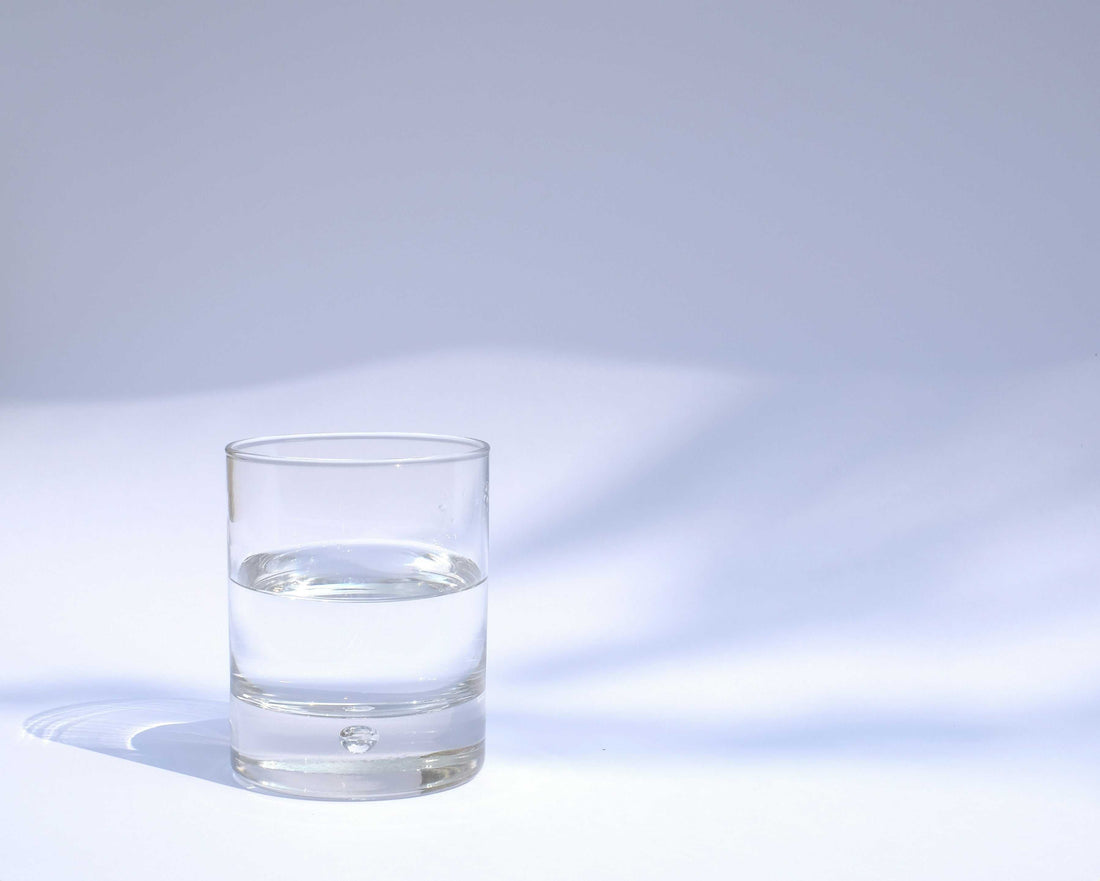
Emergency Water Preparedness: How to Stay Safe When the Unexpected Happens
Share
Imagine this: A storm knocks out your town's power. The taps stop working. Stores run out of bottled water in hours. Suddenly, something as simple as a glass of clean water becomes a challenge.
This isn't just a scene from a movie—it could happen anywhere. 2024 in Germany due to floodings, January 2025 in Ireland during the storm Éowyn, April 28th 2025 in Spain during the big blackout etc. The good news? With a little preparation, you'll never have to worry. Let's talk about how much water you really need and the smart ways to make sure you always have enough, even if your stored supply runs low.
How Much Water Should You Store?
Water is life. You need it to drink, cook, and stay clean. Experts say you should store at least 4 litres per person per day. That's about two large soda bottles. Why so much? Because emergencies don't end quickly.
For a family of four, three days' worth means 48 litres. That's a lot of bottles! But if you can, storing two weeks' worth (about 224 litres) is even better. Big disasters—like earthquakes or floods—can leave people without help for days.
Where do you keep all that water?
Use strong, food-grade containers (not old milk jugs—they can leak or grow bacteria). Store them in a cool, dark place (like a basement or closet). Check every six months. Swap old water for fresh to keep it clean and safe.
But what if you don't have space for hundreds of litres? That's where backup plans come in.
When Stored Water Isn't Enough
Storing water is smart, but what if you run out? Or what if you're stuck somewhere without your supplies? That's when knowing how to find and clean water saves lives.
Here's the good news: You don't need a lake of stored water if you have the right tools.
1. Rainwater: Free Water from the Sky
Rain is nature's refill button. But you can't just drink it straight—it might have dirt or pollution. That's where water filters come in. A good filter removes bacteria and parasites, turning rainwater into safe drinking water.
2. Streams, Rivers, and Lakes: Nature's Backup Supply
If you're near running water, you're in luck—but never drink it untreated. Even clear water can hide dangerous germs. Portable filters or purification tablets make it safe fast.
3. Hidden Water at Home
Did you know your water heater holds litres of clean water? In a real emergency, you can drain it. Just make sure the power or gas is off first!
The Smartest Way to Prepare
The best plan? Store some, know how to make more.
1. Start with stored water (even just a few days' worth).
2. Add a water filter—because you might need to clean rainwater or river water.
3. Learn where to find water (like your home's pipes or nearby streams).
Disasters don't wait. But with clean water, you'll always be ready.
Want an easy way to turn rain or river water into safe drinking water?
Check out our emergency water filters—lightweight, simple, and lifesaving. Add them to your 72 hour emergency kit now


